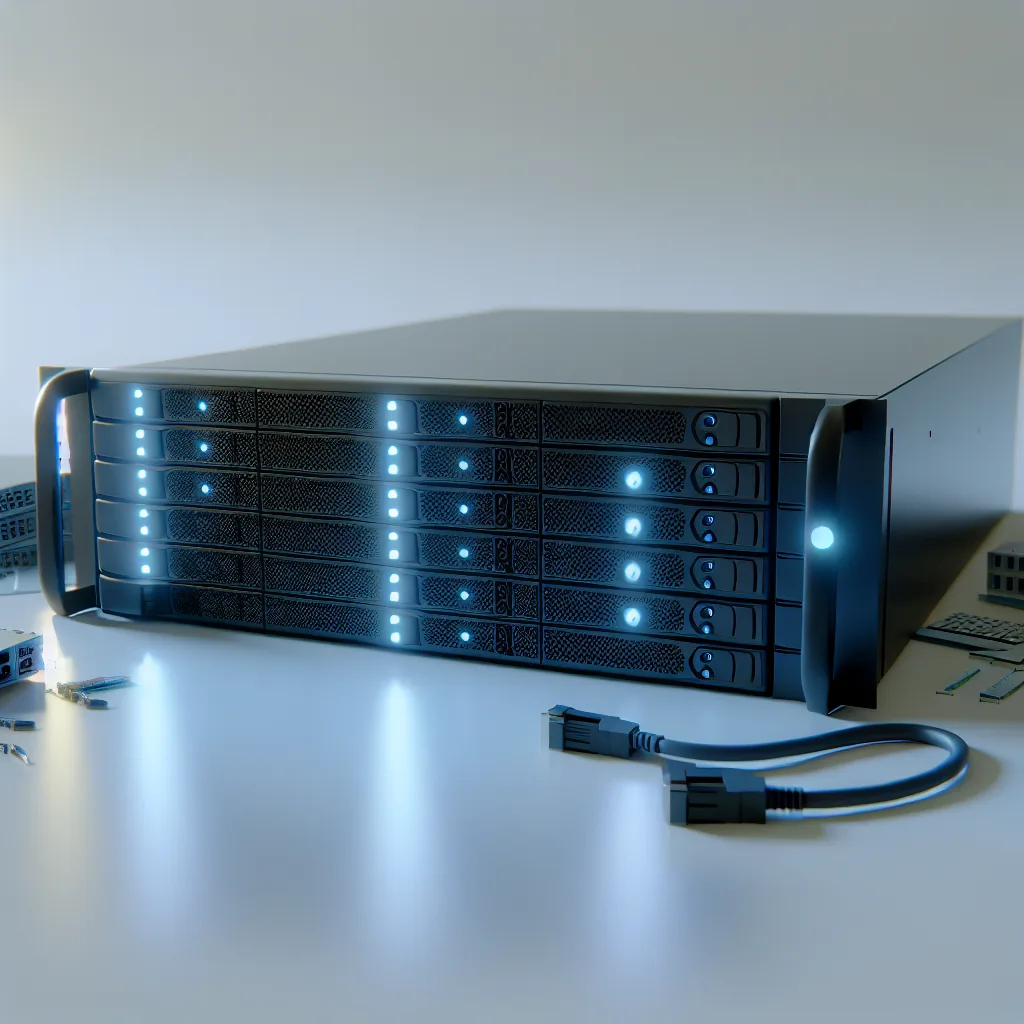Why the SGI Rackable SE3016 should inspire modern homelab gear design
If you’ve ever dipped your toes into setting up a homelab, you’ve probably wished there was a simpler, more compact solution for storing your gear. That’s exactly why the concept of the perfect homelab chassis matters so much to a lot of folks. I recently revisited the old SGI Rackable SE3016, and honestly, it feels like a missed opportunity that nothing quite like it exists today.
The SGI Rackable SE3016 chassis was a neat little unit designed for those who couldn’t (or didn’t want to) dedicate a full-size 42U rack or a mini data center at home. It was compact, kept a short depth, and was easy to modify — things that really matter in a casual or budding homelab builder’s world.
What made the SGI Rackable SE3016 special?
First off, it was built with the homelabber in mind. Unlike many modern alternatives that feel like they were designed for big enterprise systems or come loaded with proprietary tech that adds complexity, this chassis struck a great balance. You could retrofit it to silence the fans, add modern SAS-3 expanders, and even grow your setup without jumping through hoops thanks to its daisy-chain design.
This chassis didn’t just save space. It made it easier to experiment and expand gradually — a real plus if you aren’t ready to go all in on a full-scale rack right away. Plus, it managed to keep things cool and nice without being a noise monster, which is a win for anyone running a homelab in a home environment.
Why don’t we see more of these?
Back when SGI was bought by Hewlett Packard Enterprise (HPE) over a decade ago, a lot of these designs disappeared. The market moved towards louder, hotter, and more complex options like QNAP, NetApp, or EMC systems that often lock you into specific hardware or software ecosystems.
The simplicity and flexibility of something like the SE3016 just don’t seem to be the direction big companies want to go anymore. The focus shifted to more feature-heavy but less mod-friendly devices, which, while powerful, aren’t always ideal for a home setup or hobbyist.
The dream: Modern homelab chassis inspired by the SE3016
Imagine if a device like the SGI Rackable SE3016 came back but updated for today’s standards — with SAS-3 expanders, support for U.2 or U.3 drives, and a similarly accessible and modular design. It could be a dream for anyone setting up a homelab, letting you expand storage easily, keep noise down, and all while not taking up tons of space.
If you’re into tinkering, modern homelabs could really benefit from a design that prioritizes simplicity and quietness without sacrificing growth options.
Quick tips for homelab chassis hunting
- Look for compact and shallow depth units to fit more personal spaces.
- Prioritize mod-friendly designs — easy access means more customization and upgrades.
- Check for expandability options like daisy chaining or modular bays.
- Keep noise and heat in mind; you don’t want your homelab sounding like a jet engine in your living room.
Though we can’t bring back the exact SGI Rackable SE3016, projects like those can still inspire the future of home server setups. Until then, it’s worth keeping an eye on gear that values straightforward usability and thoughtful design over complexity.
For solid information on homelab gear, check out sites like ServeTheHome and manufacturer info on current storage technology at HPE’s official site. Those spots can help you stay updated on what’s out there and what might come next.
In the end, the right homelab chassis isn’t just about hardware specs; it’s about making your tech work comfortably in your space and on your terms. The SE3016 hit that spot — and maybe it’s time we demand something like it again.
Further Reading:
– SGI Rackable history and specs overview at TechPowerUp
– Modern storage expanders and SAS standards on Wikipedia
Let’s keep the conversation going — what’s your ideal homelab chassis feature?
